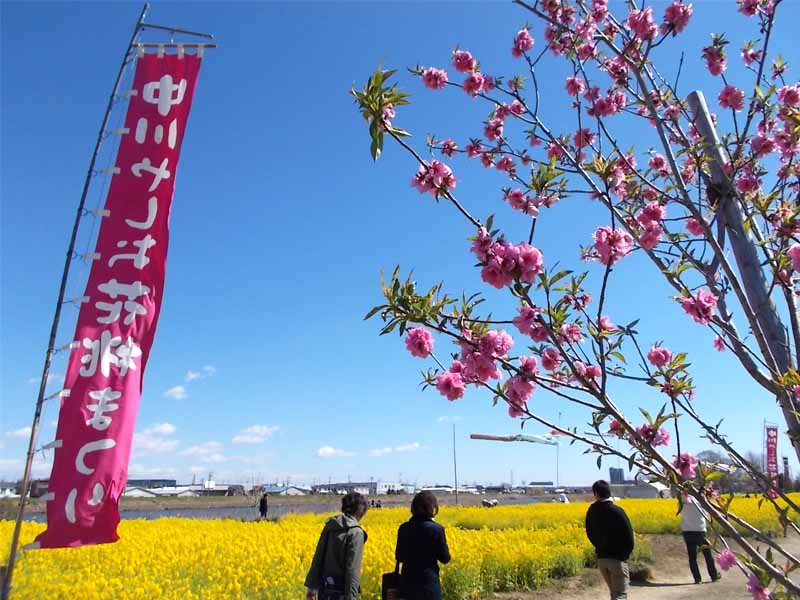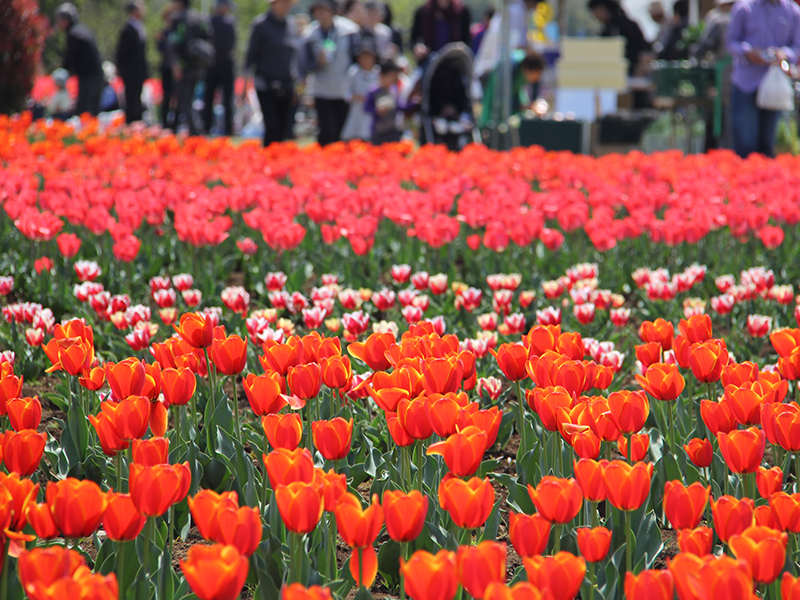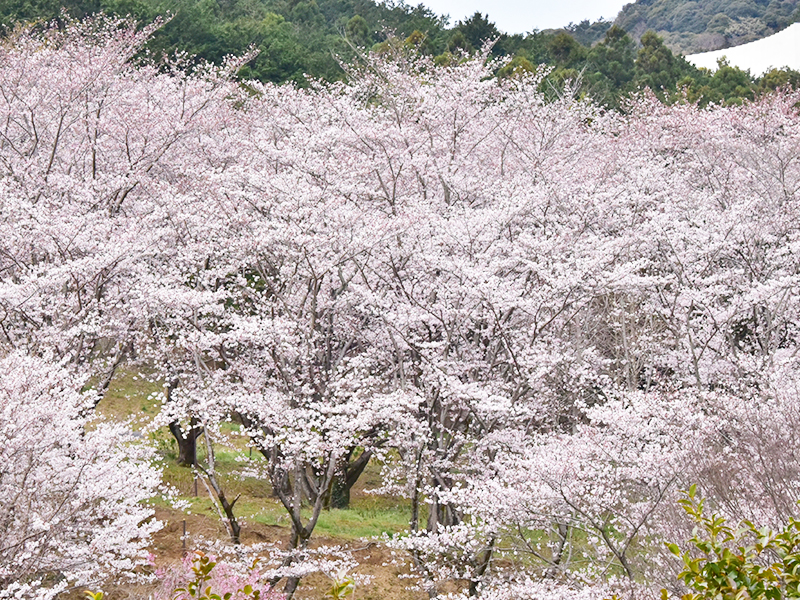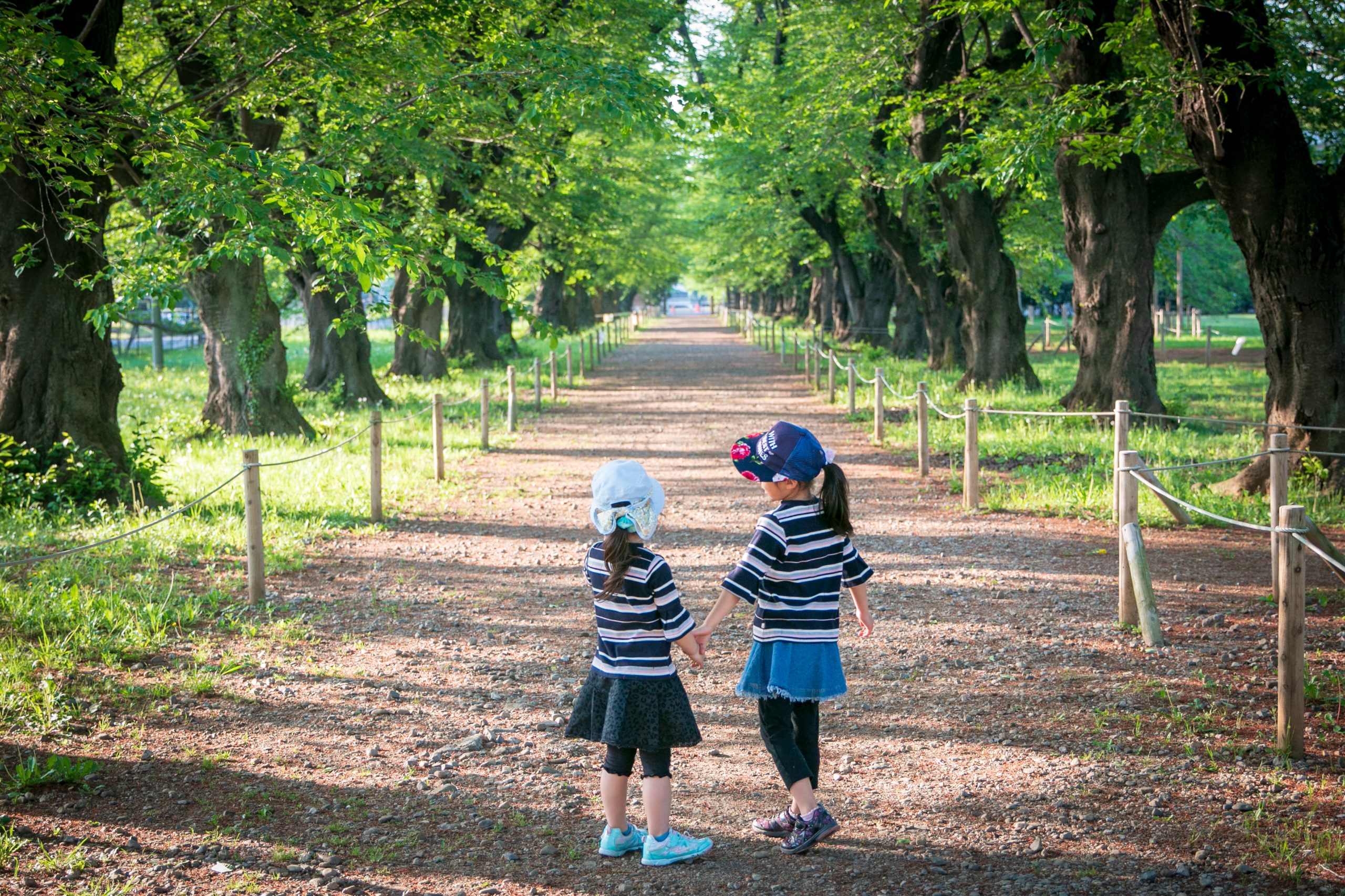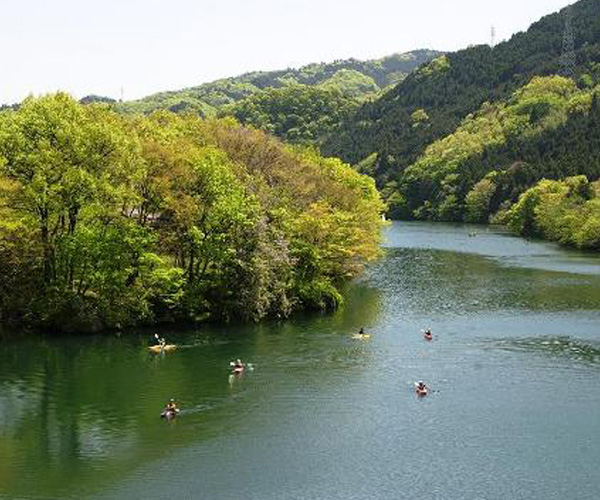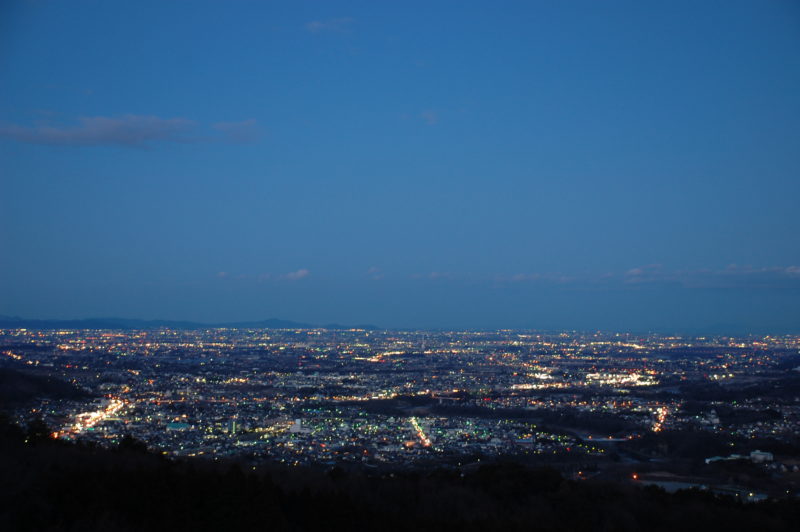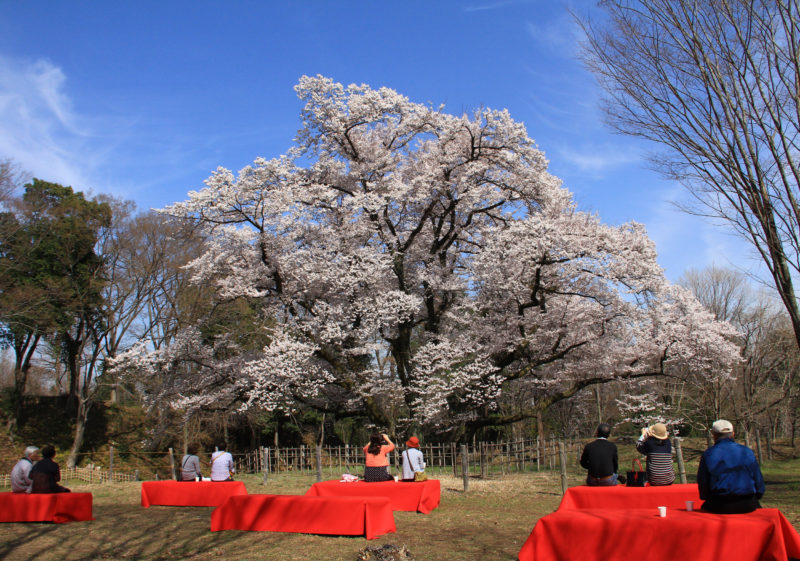Asian Fawn Lily
sightseeing

As spring approaches, the Asian fawn lily blooms throughout the mountains and forests of the Tsuburata district. The area is bustling with hikers during the peak bloom season of late March to early April.
Basic Information
Location
Forest within Misatomachi Tsuburata Area
How to get there
Parking
Free:
Fee: None
Fee: None

